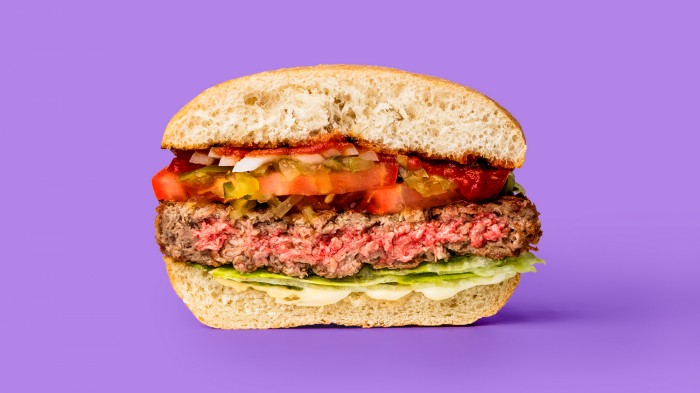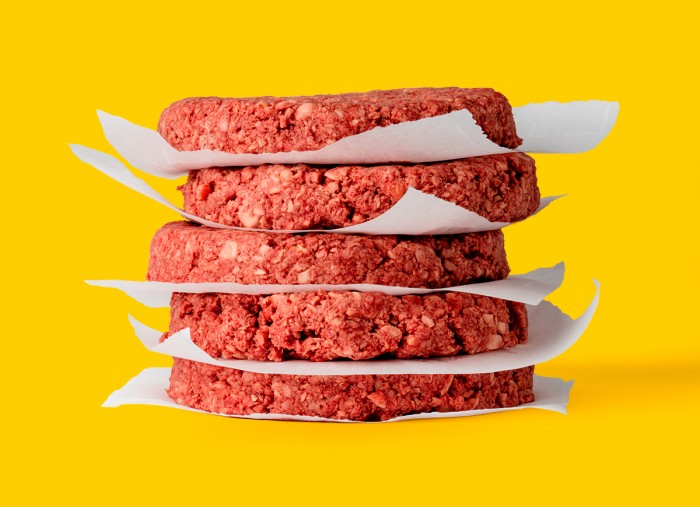How Do You Know Your Lab-Grown Burger Is Safe To Eat?
In a few years’ time, it should be possible to find a juicy hamburger and creamy shake made from lab-grown beef and milk. But before we can consume them, someone’s going to have to tell us they’re okay to put into our mouths.
Startups and university researchers are swiftly rattling toward the realization of lab-made food, growing meat and dairy products without a single animal in sight. A team from Maastricht University already showed off a burger cultured from a cow’s muscle cells in 2013. (In tests, it was claimed to be almost like the real thing, if “surprisingly crunchy.”)
Now, startups like Memphis Meats, SuperMeat, and Mosa Meat are racing to create fake flesh grown from cells by as soon as 2021. Some companies, such as Beyond Meat and Impossible Foods, are using soy protein and other vegetable substitutes to similar ends. And Perfect Day hopes to have cow-free milk, brewed using yeast, on the breakfast table by the end of next year.

But, as Science points out, the techniques used to create these products may fall between regulatory cracks. The U.S. Department of Agriculture looks after the real meat, dairy, and eggs we currently consume. The Food and Drug Administration, meanwhile, monitors food additives and products made from human cells. But currently there’s no oversight for vetting the technology used to create most lab-grown food—though the White House and National Academies of Sciences, Engineering, and Medicine are now working on it.
It will prove easier for some foods than others. Synthetic milk, for instance, could be made from proteins that are already considered to be safe by the FDA. Given many enzymes and proteins are already cleared for use as food additives without any special product approval required, companies may be able to carefully design produce so as to avoid regulatory issues.

Meat cultured from cells may be more of a problem, mainly because it’s hard to classify. It may end up being viewed as anything from a food to a tissue-based product that has to be regulated as a drug. The latter would clearly make taking many new products to market far more difficult than startups would hope.
The regulatory frameworks that govern lab-grown food will clearly have to change over time. With the FDA, USDA, and White House all mulling it, the process could take some time. Let’s hope it’s not a case of too many cooks spoiling the broth.
(Read more: Science, “The Problem with Fake Meat,” “If the World Gives Up Meat, We Can Still Have Burgers”)
Keep Reading
Most Popular
Large language models can do jaw-dropping things. But nobody knows exactly why.
And that's a problem. Figuring it out is one of the biggest scientific puzzles of our time and a crucial step towards controlling more powerful future models.
The problem with plug-in hybrids? Their drivers.
Plug-in hybrids are often sold as a transition to EVs, but new data from Europe shows we’re still underestimating the emissions they produce.
Google DeepMind’s new generative model makes Super Mario–like games from scratch
Genie learns how to control games by watching hours and hours of video. It could help train next-gen robots too.
How scientists traced a mysterious covid case back to six toilets
When wastewater surveillance turns into a hunt for a single infected individual, the ethics get tricky.
Stay connected
Get the latest updates from
MIT Technology Review
Discover special offers, top stories, upcoming events, and more.